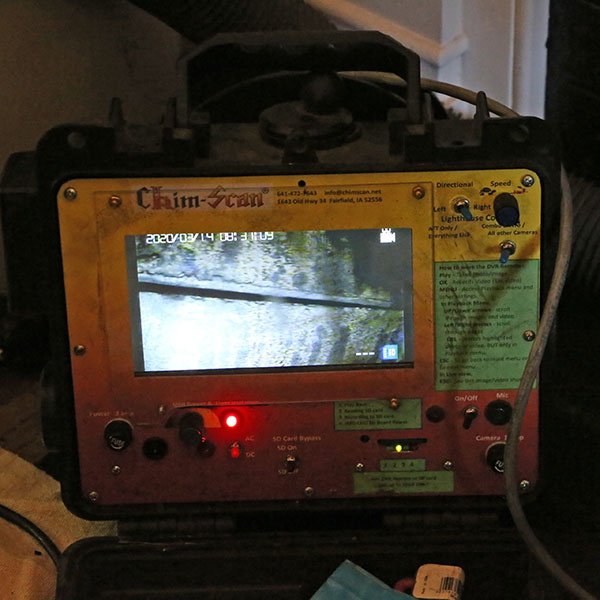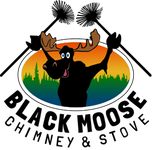There’s a lot of terminology surrounding fireplace and chimney systems, and often it’s hard to know the real difference between one component and another. Chimney flues and fireplaces dampers are both involved in drafting and regulating the air that helps fires burn, but there are key differences between the two.
 Chimney flues
Chimney flues
Your chimney flue is the passageway inside your chimney that carries smoke out of and away from your home. When built correctly, the size of the flue is perfect to draft its connected fireplace.
Most flues in modern homes have flue liners (chimney liners) that run throughout the passageway and provide a smooth path for smoke. Liners can be made of stainless steel, clay tiles or a cast-in-place compound.
Fireplace dampers
Your fireplace damper is a plate device that sits above the firebox and opens and closes with the aid of a convenient handle or other apparatus. The function of the damper is to remain wide open during a fire to assist in drafting, and to be closed tightly when the fireplace isn’t being used.
Damaged or severely rusted dampers often neither open nor close completely. Partially open, a damper can cause smoke to back up into your home. Partially closed, a
damper will cause conditioned air inside your home to escape while letting in “unconditioned” outside air.
Common problems with chimney flues
Over the years, especially if the fireplace is used regularly, chimney liners can become compromised and allow acidic smoke and materials such as creosote to affect the interior masonry of the flue. This can result in brick damage, smoke damage, fire damage and dangerous gases seeping into living areas of the home.
Another serious issue with flues is creosote buildup. Creosote forms when fires are burned and is highly flammable. Most chimney fires in the U.S. each year are caused by creosote accumulating in chimney flues.
Along with creosote, outside debris can build up inside a flue and lead to smoke-drafting issues. Falling leaves and twigs from nearby trees as well as nests of small animals such as squirrels, rodents and birds can obstruct the flue.
Obstructions can be prevented by having a secure full-width chimney cap installed at the top of your chimney. Creosote and obstructions should be removed by a CSIA-certified chimney sweep, who has the equipment and training to do the job safely and correctly.
Common problems with fireplace dampers
 Rust, intense heat and old age all can cause your fireplace damper to no longer work properly. When a faulty damper sends smoke from the fireplace into your home, the biggest concern is not the smoke but rather the carbon monoxide that’s present in smoke. Carbon monoxide can’t be smelled or seen, but it is known to be potentially fatal to humans and animals.
Rust, intense heat and old age all can cause your fireplace damper to no longer work properly. When a faulty damper sends smoke from the fireplace into your home, the biggest concern is not the smoke but rather the carbon monoxide that’s present in smoke. Carbon monoxide can’t be smelled or seen, but it is known to be potentially fatal to humans and animals.
The damper and all other components of your chimney and fireplace should be inspected once a year by a licensed chimney professional. This is the best way for you to keep on top of needed repairs and ensure that your entire chimney and fireplace system is working safely and efficiently.
A damaged damper can sometimes be repaired; in other cases, it’s best to replace an old damper with a new one that will serve you well for many years.
Black Moose Chimney & Stove of Antrim, NH, provides expert chimney flue and component repairs and replacements, annual chimney inspections and certified chimney sweeping. Get your questions answered or speak with a chimney professional at (603) 525-7905.


